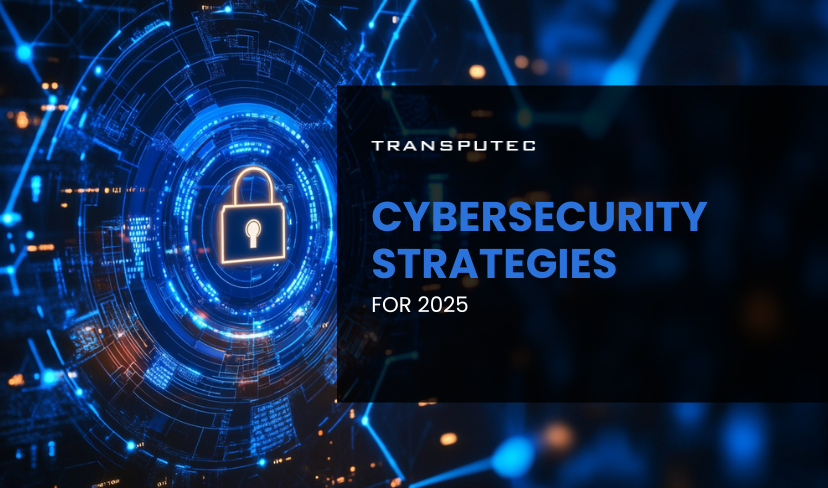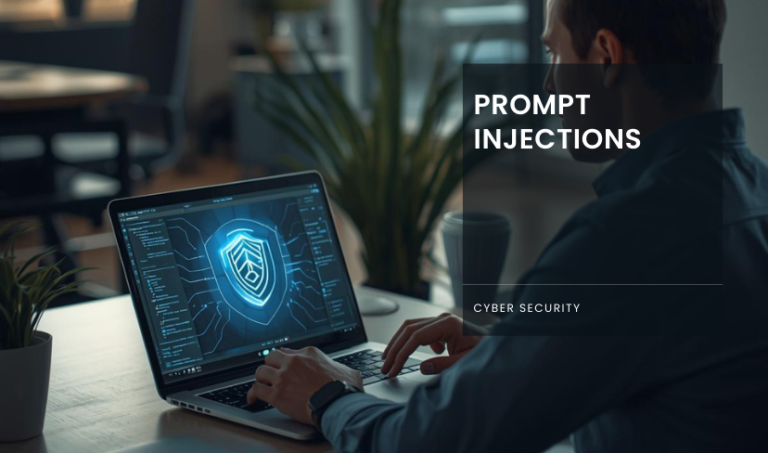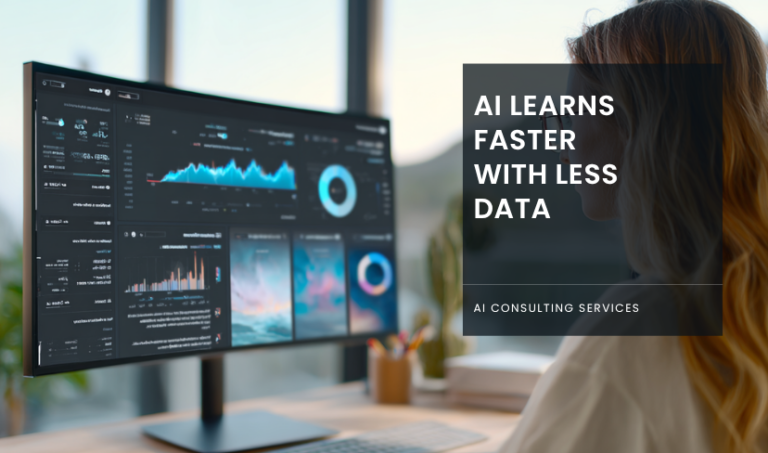Written by KRITIKA SINHA | MARKETING
In the ever-evolving digital world, businesses are facing an unprecedented surge in cyber threats. From AI-driven ransomware attacks that can adapt and bypass traditional defenses, to the looming risks of quantum computing, the stakes have never been higher. For instance, Cybersecurity Ventures estimates that global cybercrime costs will reach $10.5 trillion annually by 2025.
This blog will delve into the top 10 cybersecurity strategies for 2025, providing you with actionable insights and expert advice to safeguard your organisation against these emerging threats. Here, we will explore the role of AI in cybersecurity, the importance of Zero-Trust architecture, the challenges posed by 5G networks, and much more.
Why Cybersecurity Strategies are important?
Cybersecurity strategies are paramount for businesses in today’s digital landscape due to their multifaceted benefits and the escalating threats from cyberattacks. A well-defined cybersecurity strategy reduces risks and costs associated with data breaches and ransomware attacks, which can otherwise lead to significant financial losses and reputational damage. For instance, research indicates that a prepared business can reduce the costs of a breach by 34% and respond more effectively to incidents.
Such a strategy involves a comprehensive approach, including risk assessment, employee training, data protection, and incident response plans. It ensures that all business units understand their roles in maintaining security and compliance, much like following a recipe to achieve the desired outcome.
Top 10 Cybersecurity Strategies for 2025
1. Harnessing AI for Advanced Threat Intelligence
In 2025, artificial intelligence (AI) will be a game-changer in cybersecurity. AI-powered systems can process vast amounts of data in real time, using predictive analytics to identify potential threats before they materialise. This capability is crucial in a landscape where cyberattacks are becoming increasingly sophisticated and harder to detect.
AI will enable continuous network monitoring, flagging unusual patterns such as suspicious login attempts or unexpected file transfers. It will also automate responses to incidents, neutralising threats like malware or phishing attempts without requiring human intervention. By integrating AI into their cybersecurity strategies, organisations will gain a significant advantage in staying ahead of emerging risks.
2. Adopting Zero-Trust Architecture for Robust Security
The Zero-Trust security model will play a central role in cybersecurity strategies in 2025. Unlike traditional approaches that grant implicit trust within a network, Zero-Trust assumes that no entity—internal or external—should be trusted by default. This model emphasises continuous verification and robust access controls.
Businesses adopting Zero-Trust architecture will implement least privilege access policies, ensuring users only access the data and systems necessary for their roles. Micro-segmentation will also be used to contain potential breaches, isolate compromised areas, and prevent lateral movement across the network. This approach is especially vital as remote work and hybrid environments continue to expand attack surfaces.
3. Securing 5G Networks for Future Connectivity
The rollout of 5G networks in 2025 will revolutionise connectivity but also introduce new cybersecurity challenges. With faster speeds and lower latency, 5G enables more devices and systems to connect, expanding the attack surface for cybercriminals. These networks face risks such as data interception, unauthorised access, and vulnerabilities within the infrastructure itself.
To secure 5G networks, businesses must prioritise robust encryption to protect data transmissions and implement strong authentication protocols to verify users and devices. Network monitoring tools will be essential for identifying and mitigating potential threats in real time.
4. Addressing Quantum Computing Risks
Quantum computing poses a significant threat to current encryption methods, as quantum computers can potentially break many of the encryption algorithms in use today. In 2025, organisations must start adopting quantum-resistant algorithms to protect their data from these future threats.
This proactive approach involves transitioning to cryptographic protocols that are resistant to quantum attacks, such as lattice-based cryptography or hash-based signatures. Early adoption will ensure that businesses are prepared for the eventual widespread use of quantum computers.
5. Mitigating AI-Driven Ransomware and Phishing Attacks
AI-driven ransomware and phishing attacks will surge in 2025. These attacks can generate highly personalised and convincing phishing emails, and even deploy adaptive malware that can learn and evade detection systems.
To mitigate these threats, organisations should invest in AI-powered threat detection systems that can identify and block sophisticated phishing attempts. Employee training programs should also be enhanced to educate staff on recognising and reporting AI-generated phishing emails.
Protect your Business 24/7 with Transputec!
Our Managed SOC Cost Calculator estimates potential expenses for security tools and other costs based on your requirements.
6. Enhancing Identity and Access Management (IAM)
Identity breaches will be a major concern in 2025. With the rise of remote work and the increased use of cloud services, robust IAM strategies are essential. This includes implementing multi-factor authentication (MFA), regular password updates, and continuous monitoring of user activities.
Organisations should also adopt identity-as-a-service (IDaaS) solutions to centralise and manage user identities across various platforms and applications.
7. Strengthening Supply Chain Security
The increasing reliance on third-party vendors has made supply chains a key target for hackers. In 2025, businesses must ensure that their supply chain partners adhere to stringent security standards. This includes conducting regular security audits and implementing secure communication protocols.
8. Protecting IoT Devices
The proliferation of IoT devices has expanded the attack surface significantly. Many of these devices lack adequate security features, making them vulnerable to cyberattacks. In 2025, organisations must prioritise the security of IoT devices by implementing robust encryption, secure firmware updates, and continuous monitoring.
9. Fostering Cybersecurity Awareness
Cybersecurity awareness across the organisation is crucial in 2025. Regular training programs should be conducted to educate employees on the latest cyber threats and best practices for cybersecurity. This includes training on how to recognise phishing emails, use strong passwords, and report suspicious activities.
10. Unifying Security Platforms
Traditional, siloed cybersecurity systems can no longer keep pace with the sophistication and frequency of modern threats. In 2025, businesses must move toward a single unified data security platform. This shift will establish a comprehensive security posture that adapts to evolving threats and supports business growth.
Conclusion
As we approach 2025, the cybersecurity landscape is set to undergo significant transformations. From the integration of AI in threat detection and mitigation to the adoption of Zero-Trust architecture and the securing of 5G networks, businesses must be proactive in their cybersecurity strategies. The stakes are high, with global cybercrime costs projected to reach $10.5 trillion annually by 2025. However, by adopting these top 10 cybersecurity strategies, organisations can significantly enhance their security posture and protect their sensitive data and systems.
If you are concerned about the cybersecurity of your organisation and want to stay ahead of the evolving threats in 2025, contact us at Transputec to connect with an expert. Our team is dedicated to helping businesses safeguard their data and systems with the latest cybersecurity strategies and technologies. Let’s work together to ensure your business remains secure and resilient in the face of emerging cyber threats.

Secure Your Business!
Ready to explore how we can enhance your security posture? Contact us today to speak with one of our experts.
FAQs
What role will AI play in cybersecurity in 2025?
AI will play a pivotal role in enhancing both detection and mitigation efforts in cybersecurity. It will enable continuous network monitoring, automate responses to incidents, and use predictive analytics to identify potential threats before they materialise.
How can businesses secure their 5G networks in 2025?
To secure 5G networks, businesses must prioritise robust encryption to protect data transmissions and implement strong authentication protocols to verify users and devices. Network monitoring tools will also be essential for identifying and mitigating potential threats in real time.
What is the significance of Zero-Trust architecture in 2025?
Zero-Trust architecture assumes that no entity—internal or external—should be trusted by default. It emphasises continuous verification and robust access controls, ensuring users only access the data and systems necessary for their roles. This approach is crucial for containing potential breaches and preventing lateral movement across the network.
How can Transputec help businesses with their cybersecurity strategies in 2025?
Transputec offers a range of cybersecurity services, including AI-driven threat detection, 24/7 threat monitoring, and employee training to avoid scams. Our experts can help businesses adopt the latest cybersecurity strategies, such as Zero-Trust architecture and unified security platforms, to protect their sensitive data and systems.
What are the potential risks of quantum computing in 2025?
Quantum computing poses a significant threat to current encryption methods, as quantum computers can potentially break many of the encryption algorithms in use today. Businesses must adopt quantum-resistant algorithms to protect their data from these future threats.




